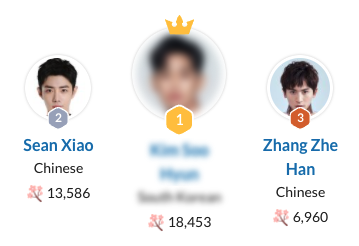Summary:
A child has a bad habit of biting and eating their fingernails. Despite warnings from adults, they continue doing it. Then one day, a mouse comes in the night and eats the child's fingernails, or in some versions, comes to take revenge or takes away the child, because the child’s nail bits have attracted it.
The story ends with a warning:
"If you keep biting your nails, the mouse will come eat you up too."
Purpose:
It’s a typical moral caution tale, similar to how Western stories like The Boy Who Cried Wolf or Struwwelpeter are used to scare children into obedience or good hygiene. It's often used in Korea to scare kids out of bad habits, especially nail biting.
SYMBOLISM: The Mouse = Oh Gi-wan
This tale is about a lowly mouse who eats discarded fingernails, symbolic of waste, filth, and what's cast aside. But over time, the mouse becomes stronger, smarter, and eventually replaces the person it nibbled from.
PARALLELS:
- Mouse eats thrown-away fingernails -----> Gi-wan is literally thrown away at Sotae Amusement Park
- Nails = unwanted body parts -----> Gi-wan = unwanted child, discarded and abused
- Mouse transforms through consumption -----> Gi-wan steals identities, lives in others’ skin
- Mouse replaces the person who ignored it -----> He impersonates Je Moon-jae, takes the life meant for him
DEEP THEMES: Identity, Resentment, and Cannibalizing the Past
The mouse eating fingernails = consumption of trauma.
Gi-wan doesn’t heal; he feeds on pain, lets it remake him.
The tale lets him believe this transformation is justified.
Why not become the thing people ignored, and then punish them for it?
By taking Moon-jae’s identity, he believes he’s reclaiming what was owed.
He’s the discarded shadow. The "ghost." The reservoir echo. And now he’s the protagonist.




